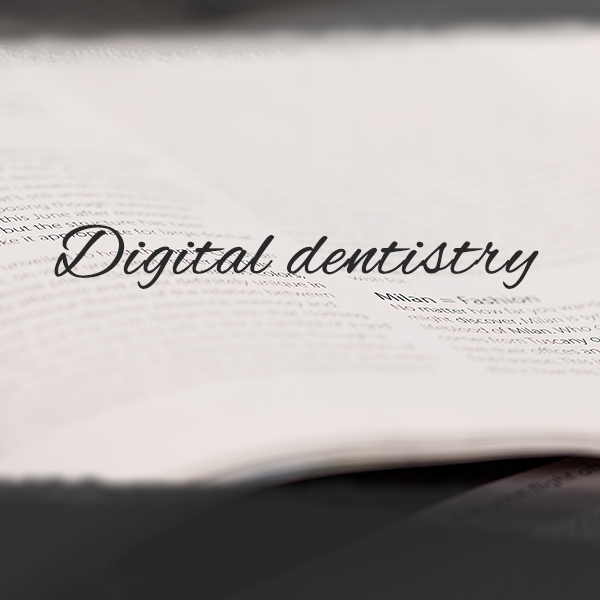An Innovative Treatment Approach Using Digital Workflow and CAD-CAM Part 2: The Restoration of Molar Incisor Hypomineralization in Children
Until recently, the treatment for molar incisor hypomineralization (MIH) mainly included interim restorations such as resin restorations and stainless-steel crowns.
These require replacement after adolescence. The use of intraoral scanners (IOS) has opened a new venue for restoring MIH teeth,byreducingthechallengeofdealingwithuncooperativechildren’sbehaviorandenablingtooth structure preservation and long-lasting restoration.
We present an innovative treatment approach for children with MIH, using a digital workflow with IOS and CAD-CAM (computer-aided design and computer-aided manufacturing) fabrication of the restoration.
The overall protocol involves a thorough diagnostic phase throughout treatment planning, which takes into consideration the child’s behavior and the parent’s cooperation and compliance.
Initial preparation consists of inhalation sedation if needed, an effective local anesthesia, and the use of a rubber dam.
Removal of all areas of enamel and dentin porosity is essential, and the tooth/teeth must be appropriately prepared to accommodate inlays or onlays for molars and labial veneers for incisors.
IOS impressions are taken, including scanning of the prepared tooth and its antagonist, scanning of the bite, and CAD-CAM preparation of the restoration. Next is restoration, cementation, and follow up. Digital workflow provides definitive restorations in young patients due to the high accuracy of the scanning.





